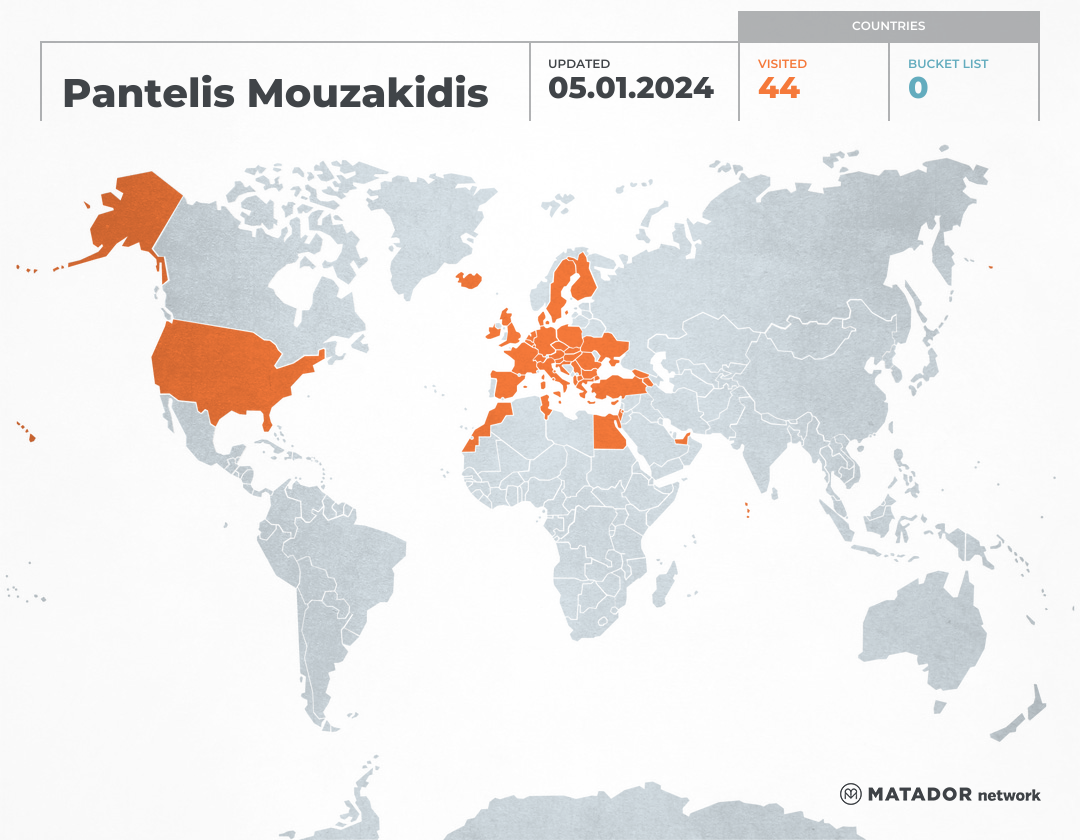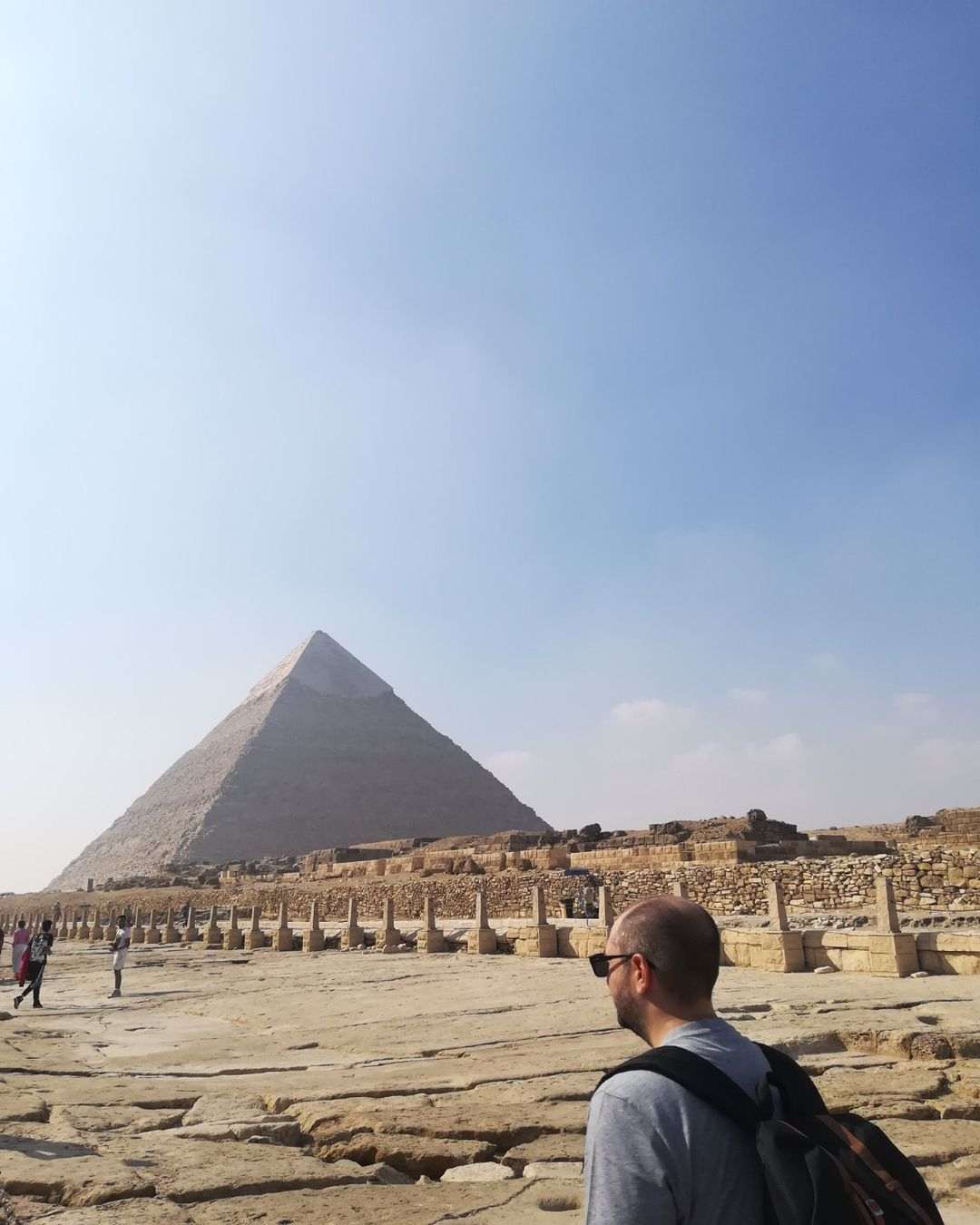Kavala is a place I had been to several times in the past, but unfortunately due to time I had never given it the proper attention. But this time I decided to explore it and get to know it as best as I could. My conclusion? This is a blue state, with a rich history, full of World Heritage sites, picturesque villages and Mediterranean cuisine. In short a crossroads of West and East.
A few words about the city
Kavala is a city in eastern Macedonia and the capital of the homonymous Regional Unit. It is speculated that it took its name from the ancient settlement "Skavalla", the today old Kavala, while in ancient times it was known as "Neapolis” and later "Christopolis". The permanent population of the city amounts to 54,027 inhabitants, thus making it the fourth largest city in the region of Macedonia and the sixteenth in the whole of Greece. Its position on the map gave it the privilege of being a crossroads of West and East over the centuries, both by land and sea, being the seaport of the ancient city of Philippi. Today it remains gorgeous and impressive, full of undiscovered treasures and unrivaled charm. Below I selected for you, what I think a person who visits the city for the first time should see.
10) Archaeological Museum
The Archaeological Museum of Kavala is considered one of the most important museums in the country of its kind. It has been operating in its current form since 1963 and hosts representative finds from the wider region of Eastern Macedonia and Thrace. If you visit this museum, you will have the opportunity to admire exhibits from the Neolithic era and the Dikili Tash settlement, as well as findings from the temple of the goddess Parthenos, the patron goddess of Neapolis! Admission costs 4e.
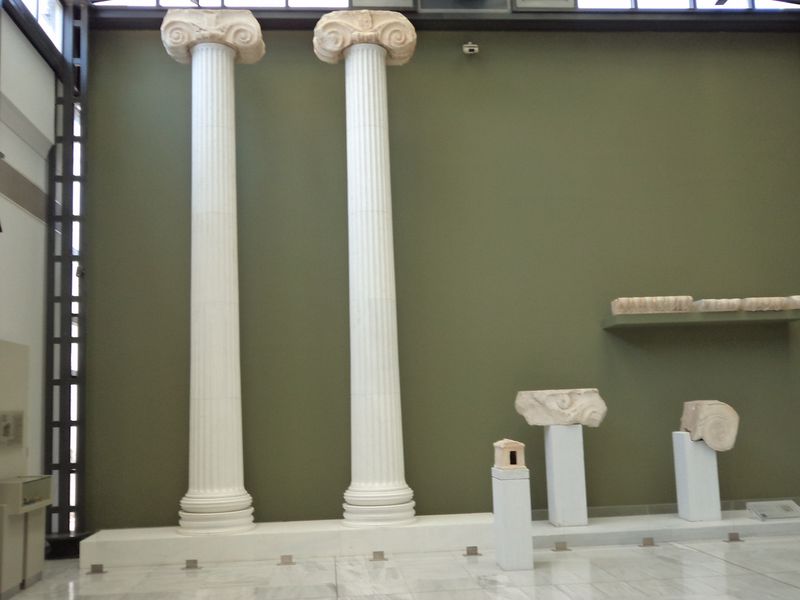
9) Imaret
In a prominent position within the walls of the old town, we find the Imaret. It is a huge (4,200 sq.m) building which served as a religious, educational and charitable institution. This particular one is a typical example of late Ottoman architecture and a rare example of it in Europe. It dates back to the early 19th century under Muhammad Ali's rule and had a market, a mosque and other benevolent institutions. After the liberation of the city, it was used to house refugees, and later it functioned as a museum, cafe and restaurant. Since 2001 it has been converted into a luxurious hotel.
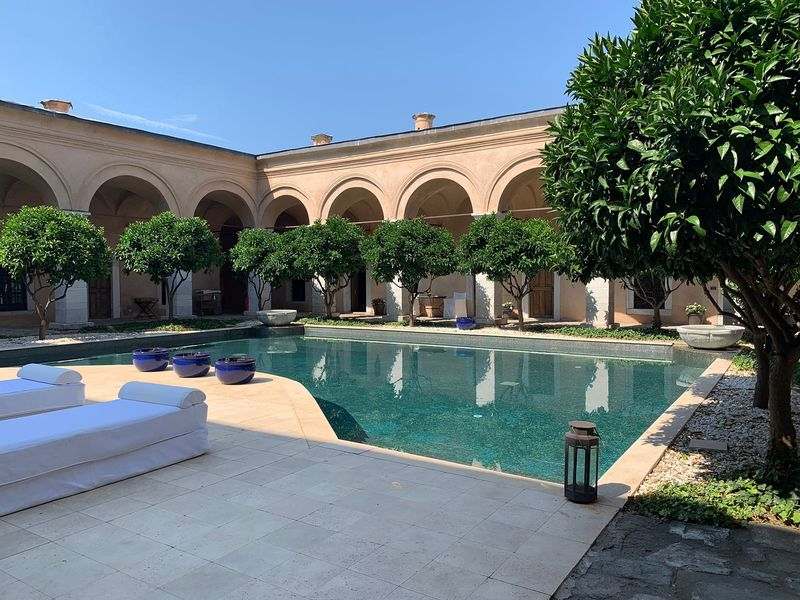
8) Tobacco Museum
Tobacco played a crucial role in the development of the city of Kavala in the early 19th century and of course there could not be a place dedicated to it. This thematic museum is quite special and unique, standing out from the rest of the genre. In its premises you will find objects and archival material on the cultivation and production of tobacco, agricultural and commercial processing, industrial tobacco products and exhibition samples of tobacco. In fact, many of these exhibits will not be found in any other museum in the world! Admission costs 2e.
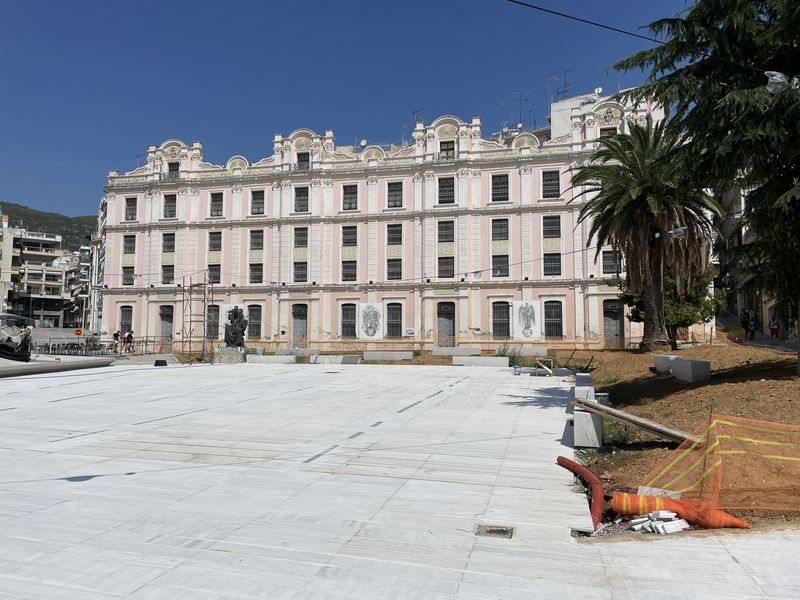
7) City Hall
The City Hall of Kavala is not what we call a typical Greek City Hall. Its architecture is reminiscent of a European castle, something not surprising considering that it belonged to the Hungarian tobacco merchant Pierre Herzog. The most impressive building of the city, erected at the end of the 1890s in Gothic style, while since 1937, when it was purchased by the municipality of Kavala, it houses the City Hall.
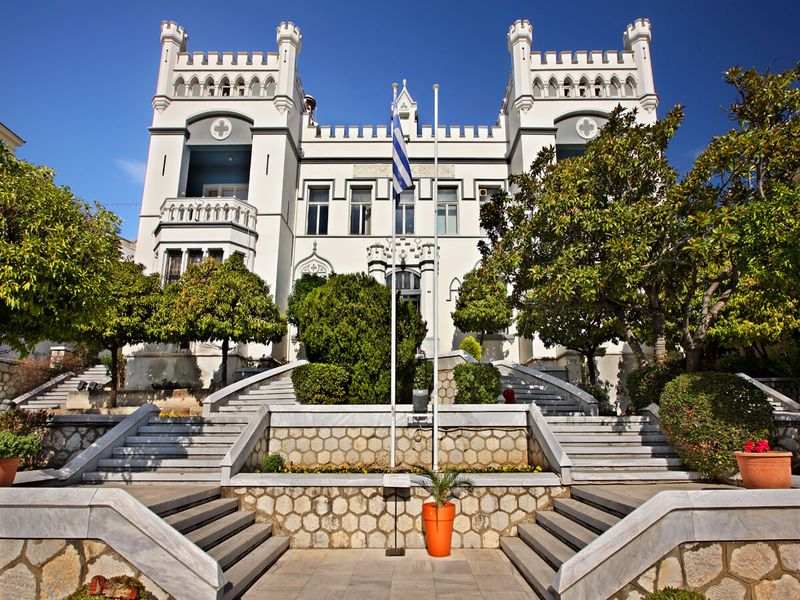
6) Old Town
The Old Town, Panagia, is probably the most picturesque and attractive part of Kavala. The fact that it is built amphitheatrically gives, almost everywhere, incredible images of the city from above that are breathtaking. The cobbled streets, the houses with wooden balconies, the colorful courtyards and the whole aura of the area will enchant you. There you will find some of the most important sights of the city such as the Fortress, the Arches, the Imaret, the "Konaki" of Muhammad Ali, the complex of Khalil Bey and the Holy Temple Of The Virgin Mary.
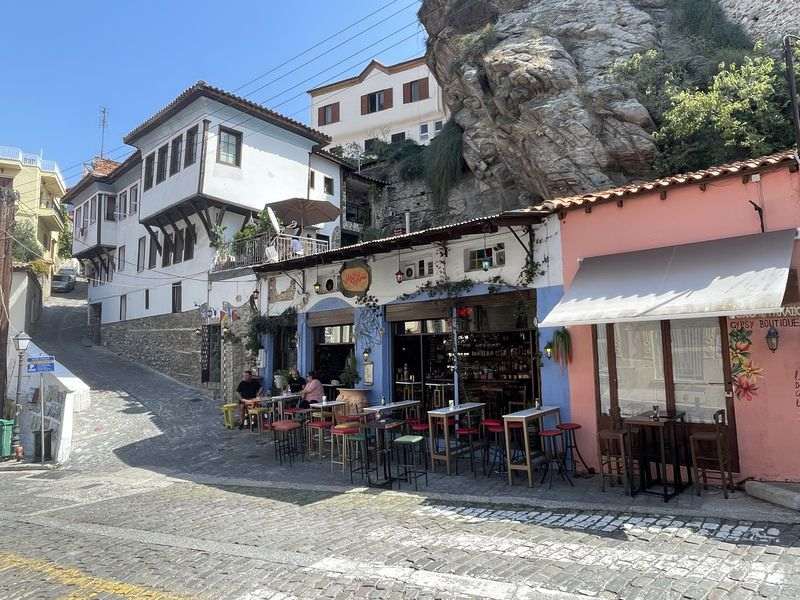
5) Beaches
Kavala has an enormous coastline, about 80 kilometers, that passes through the city center and stretches west and east of it. On this coastline you will discover some of the top beaches in the country. Their main characteristics are the blue waters, the fine-grained sand and the fact that all of them can be easily approached, since they are mostly built in large settlements. Some of the most famous are the Ammolofoi, Ammoglossa, Kalamitsa, Batis, Tosca, Perigiali and the beach of New Peramos.
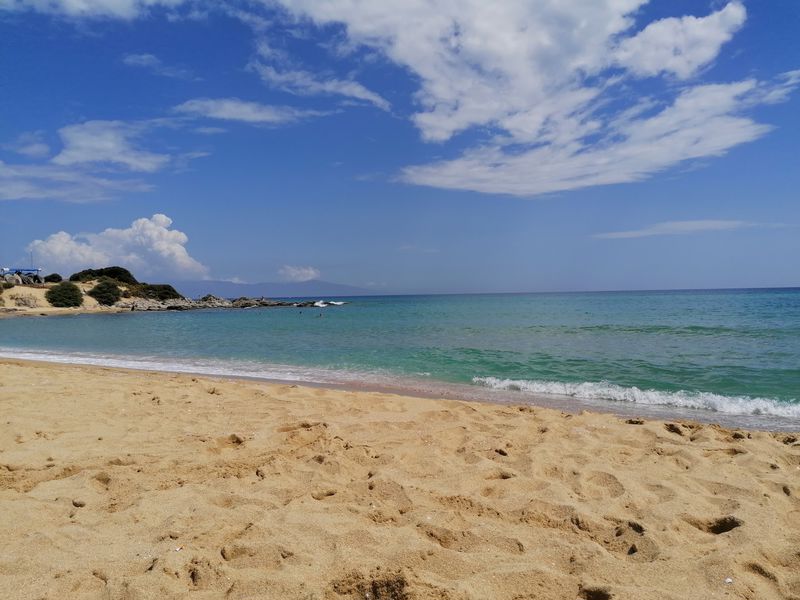
4) Arches
Walking through the city center is impossible not to pass under the famous "Arches". It is perhaps the most characteristic attraction of the city, built in the early 16th century by Ibrahim Pasha and is 270 meters long and 25 meters high. Believe it or not, this construction is the old aqueduct of Kavala, the source of which is located at an altitude of 400 meters! This huge project was probably established on the ruins of a Roman aqueduct and supplied water to the city of Kavala through the area of Souyelos (su-yol: "the road of water") until the first decades of the 20th century. Today they may not be used as an aqueduct, but the arches are the diamond of the city that you should not pass by.
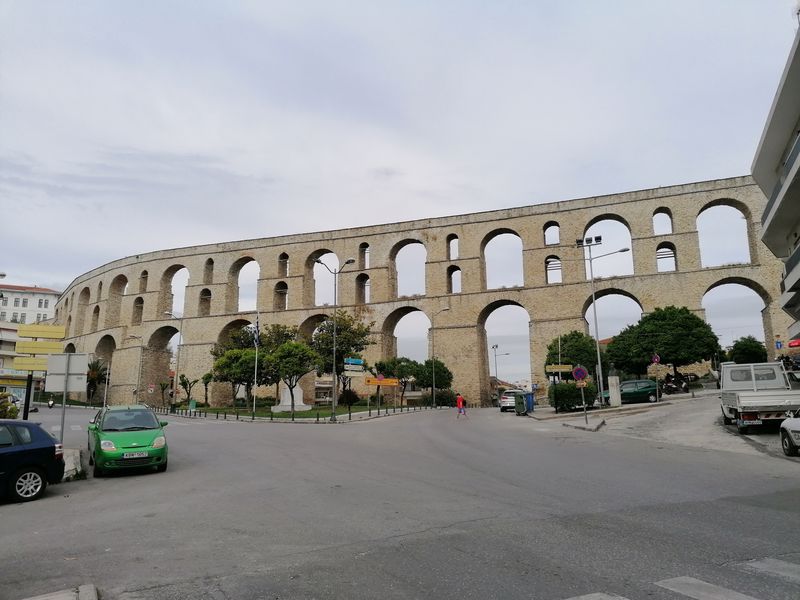
3) Fortress
Undoubtedly the fortress of Kavala is one of the most recognizable sights of the city. It dominates the top of the peninsula of Panagia, and most of it was built in 1425, on the site of the Acropolis of Christoupolis, which had been destroyed a few years before. The strategic geographical position of the city has always caused it to face problems with external enemies, thus always needing fortification. This fortress consisted of a complex of towers, bastions and strong walls that could guarantee the effective defense of Kavala. The entire Citadel is built with rough stones of local granite, mixed with pieces of bricks and marbles. The entrance to the castle costs 2.5e and inside you will be able to admire the central circular tower, the ammunition depot, the outpost and the water tank. Finally, in the courtyard of the fortress, which you can enter for free, there is a refreshment room, so you will be able to drink your coffee while facing the panoramic view of the city.
2) Port
The walk on the promenade that leads to the Port of Kavala is my favorite spot in the city. Crossing this beautiful route, you will enjoy the city from another level, overlooking the fortress and the picturesque little houses of the old town. You will see people to take their usual walk, students to drink "endless" coffees in the shops along it and fishermen to untangle the nets on their trawls. Of course, the port of Kavala is not decorative. It is one of the largest ports in the country and serves a large volume of ships annually. From there you can even take a ferry boat to neighboring Thassos.
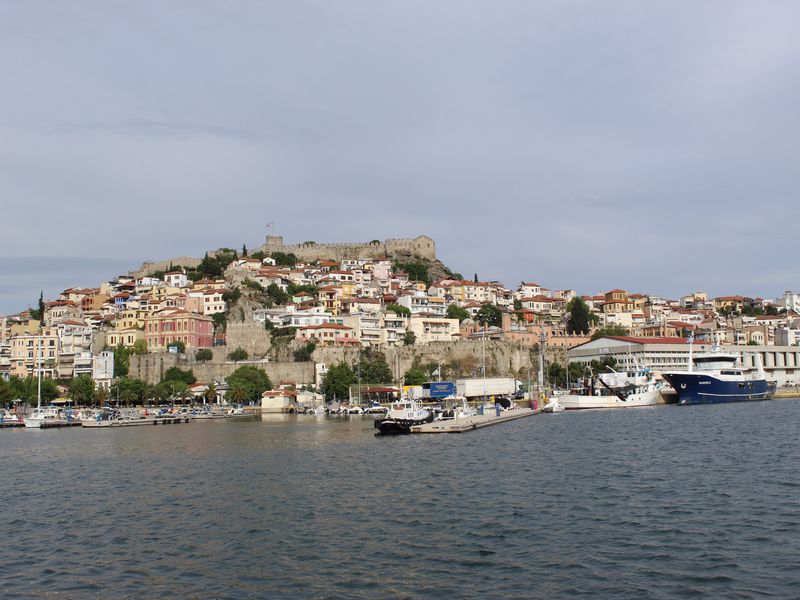
1) Philippi
Of course, the ancient city of Philippi could not be missing from the top of the list. A breath away from Kavala we find the most significant archaeological site of Eastern Macedonia, which since 2016, belongs to the UNESCO World Heritage Sites. It is an area that has been continuously inhabited since the Neolithic era, as evidenced by findings carved in stone. The history of the settlement of Philippi begins in 360/359 BC, when settlers from Thassos founded the first city, Krinides. When in 356 BC threatened by the Thracians, they sought the help of Philip II, the father of Alexander the Great. He, foreseeing the economic and strategic importance of the city, occupied it, fortified it and renamed it Philippi. Due to its location (from there passed the main thoroughfare of the Egnatia Road), the city was always the apple of discord among the monarchs of the time. After the historic Battle of Philippi (in 42 BC) turned into a Roman colony and colonized by Roman veteran soldiers, twice! But the story of the Phillippi does not stop here. Between 49 and 50BC the Apostle Paul visits the area, establishes the First Christian Church and baptizes the first Christian woman of Europe. Of course, this did not go unnoticed by the Romans, who considered him dangerous and imprisoned him. Today, the archaeological site of Fillippi is open to the public and entrance costs 6e.
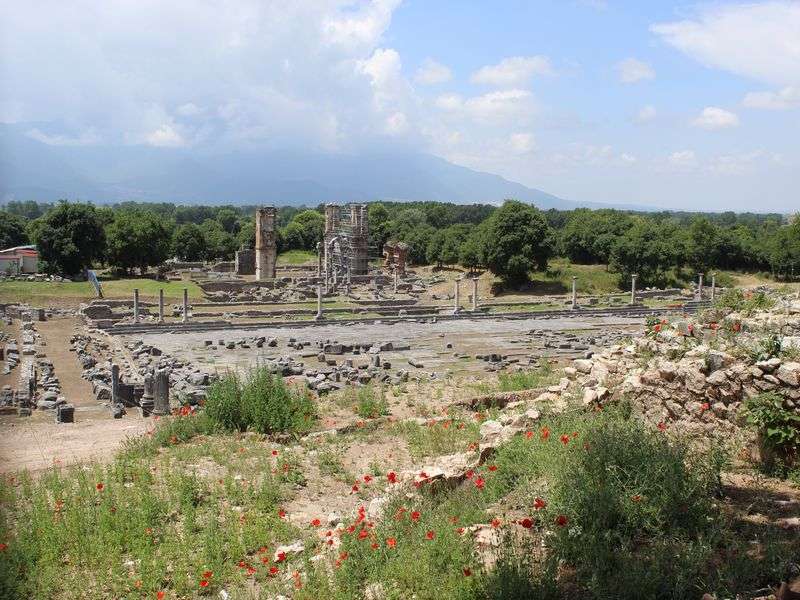
Where to stay
Kavala is a highly touristic city all year round, which implies a plethora of accommodation for all tastes and budgets. However, my opinion is to avoid the city center, where prices are high and services are lower and look for something outside. So my suggestion is the Hotel Philippeio in Krinides, very close to the archaeological site of Fillippi. It is a charming hotel, which has spacious and highly equipped rooms, masterfully combining tradition with the wonders of nature. It is the first eco friendly hotel in the area and has as its main objective the use, to the maximum extent possible, of every natural energy resource, resulting in minimal pollutants to the environment.
Where and what to eat
Being in the area you should not miss the local delicacies. Kavala is famous for both its fish and meat dishes, with notable dishes such as “sardine married”, mackerel fur and wrapped anchovies. Do not leave also without tasting a sweet that you make there all year round, I am talking, of course, about the kourabiedes of Nea Karvali. You will find them all over the city, but Iosifidis makes them the best. Also, due to the fertile area and the large quantity of grapes, you will find excellent quality wine and tsipouro, so the area is recommended for tasting. In conclusion, for delicious appetizers accompanied by tsipouro, I recommend the Biz Bise and Sousouro, for souvlaki Delikaris and for more "gourmet" situations the Tsalapetinos. Ultimately, the restaurant from Hotel Philippeio is equally good, full of delicious choices, from local fresh products, cooked to perfection.
If this article seemed interesting or contributed to your quality information, then you can like my facebook page: o_thessalonikios or follow me on instagram!
Mouzakidis Pantelis






